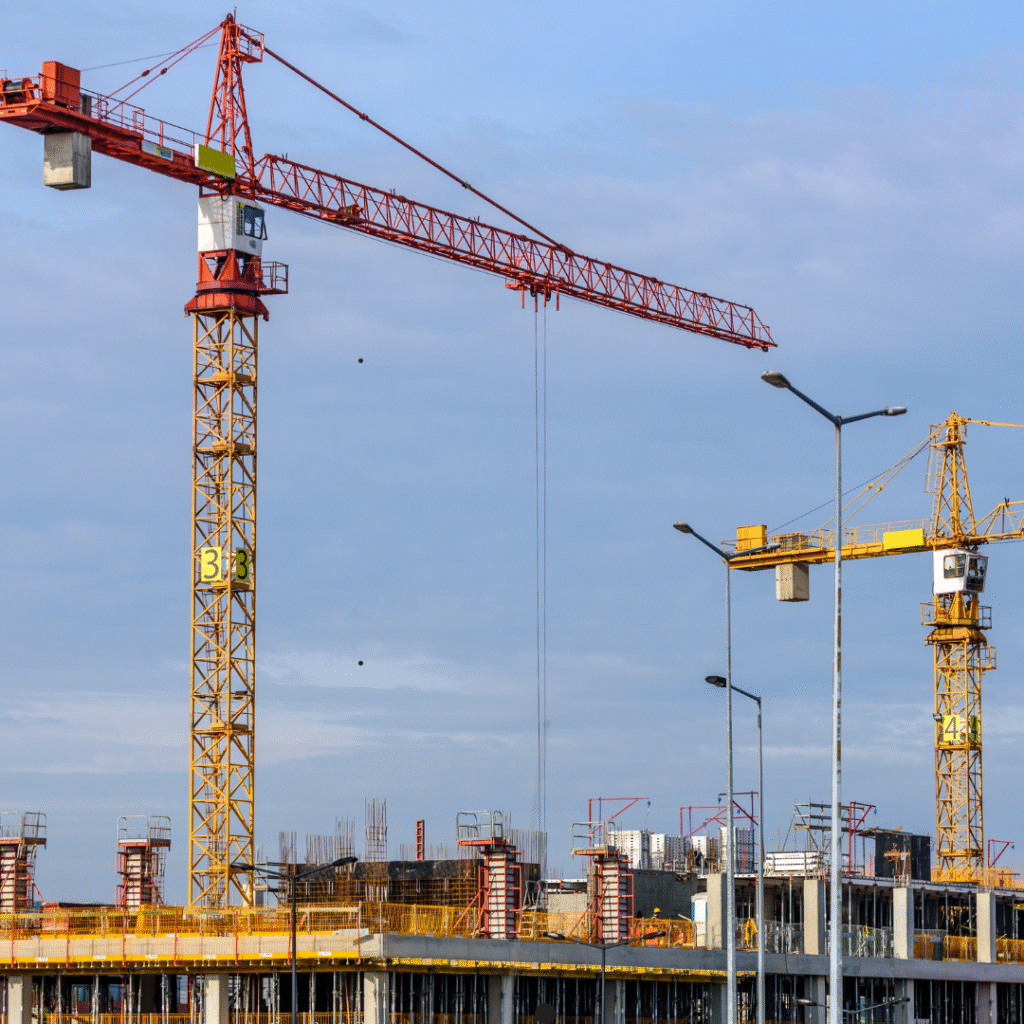
Get In Touch
How Hybrid Work Culture Is Changing Office Building Designs
The way we work has changed dramatically in the past few years. With businesses embracing hybrid work models—where employees split their time between working from home and the office—traditional office designs are being reimagined. For construction companies like Shyam Constructions, this shift opens new opportunities to create workspaces that are not only functional but also future-ready.
What Is Hybrid Work Culture?
Hybrid work is a flexible arrangement where employees spend part of their time in the office and part remotely. This model is becoming the new norm, especially in IT, finance, consulting, and creative industries. It reduces costs for businesses, improves work-life balance for employees, and encourages smarter use of office space.
Why Office Designs Must Evolve
Traditional office layouts—rows of desks, large meeting rooms, and cubicles—no longer suit the hybrid work model. Today’s offices need to balance collaboration spaces with individual work areas, while being flexible enough to adapt to changing business needs.
Key Office Design Trends Driven by Hybrid Work
1. Flexible Layouts
Spaces are being designed to easily transform between collaborative zones, private work pods, and open seating. Movable partitions, modular furniture, and adaptable layouts ensure the office can evolve with changing workstyles.
2. Focus on Collaboration Spaces
Since employees don’t come in every day, the office is becoming a hub for teamwork. Open lounges, brainstorming areas, and tech-enabled meeting rooms are replacing large rows of desks.
3. Smaller, Smarter Workstations
With fewer employees in the office at once, businesses are opting for hot-desking—where workstations are shared instead of permanently assigned. This reduces space requirements and makes offices more cost-efficient.
4. Wellness and Comfort
Hybrid work has highlighted the importance of employee well-being. Natural light, greenery, ergonomic furniture, and wellness areas like relaxation pods or cafeterias are being integrated into modern office designs.
5. Technology-Ready Infrastructure
Hybrid offices rely heavily on technology. Seamless video conferencing rooms, strong Wi-Fi connectivity, smart lighting, and energy-efficient systems are essential for smooth collaboration between in-office and remote teams.
6. Sustainability at the Core
With reduced office use, energy efficiency becomes even more critical. Offices are now designed with green building practices—solar panels, natural ventilation, and energy-saving systems—to keep operational costs low and support sustainability.
Benefits of Hybrid-Ready Office Spaces
Cost savings for businesses due to smaller required spaces.
Higher productivity through tailored work environments.
Employee satisfaction with more comfortable, flexible offices.
Future adaptability to business growth and changing trends.
Shyam Constructions’ Approach
At Shyam Constructions, we understand that office buildings of tomorrow must be smarter, greener, and more flexible. Our commercial projects are designed with adaptability, modern technology, and employee well-being at their core—ensuring businesses thrive in the hybrid era.
✅ Closing Note:
The hybrid work culture is here to stay, and office building designs must reflect this reality. By embracing flexibility, technology, and sustainability, Shyam Constructions creates spaces that support the future of work while standing strong for decades to come.

